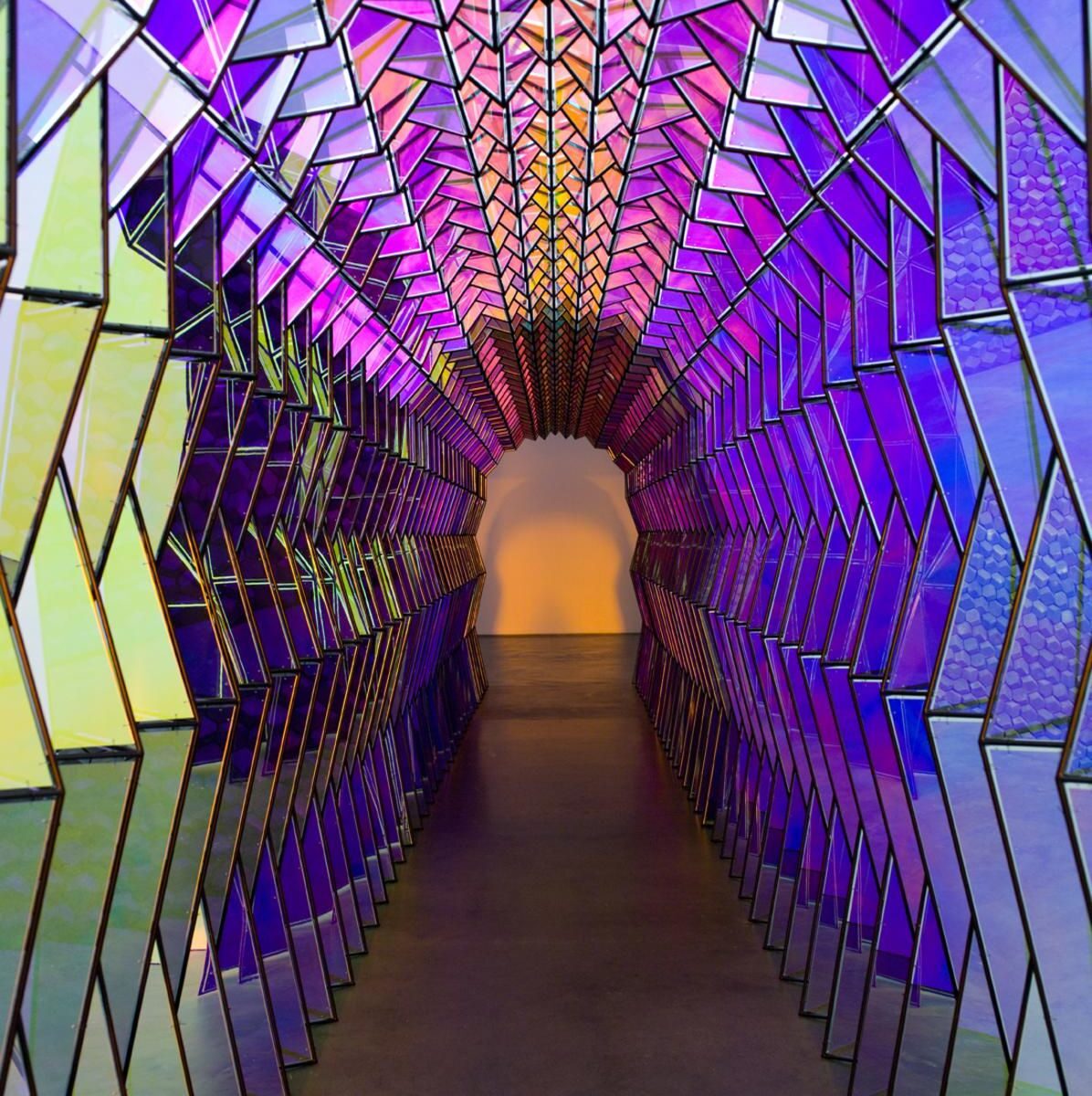Copyright © 2024 lyonsglassgallery.com. All rights reserved.
lyonsglassgallery
Just blog
Hello, art lovers and design enthusiasts! Today, let’s delve into the aesthetic world of glass. Glass isn’t just practical; it’s a powerful medium in art and design, offering unique visual and tactile experiences. Its transparency, reflectivity, and versatility make it a favorite among artists and designers. Let’s explore the aesthetic aspects of glass in various creative fields.
1. Glass in Visual Art
In the realm of visual art, glass is a star. It’s not just about stained glass windows, though they are iconic with their vibrant storytelling and light play. Modern artists use glass in sculpture, installations, and even in interactive pieces. The way glass bends and refracts light adds a dynamic, almost ethereal quality to artworks. Artists like Dale Chihuly, known for his intricate and colorful glass sculptures, showcase the vast potential of glass in artistic expression.
2. Glass in Architecture and Interior Design
Architects and interior designers love glass for its ability to create and manipulate space. Think of glass buildings that reflect the sky, or interior spaces where glass walls create a sense of openness while still dividing areas. Glass furniture and fixtures, ranging from sleek and modern to intricately etched or colored, add both function and beauty to spaces.
3. The Play of Light and Color
One of the most captivating aspects of glass is its relationship with light. Stained glass in historic cathedrals creates a kaleidoscope of colors that change with the sun’s position. In modern design, prismatic glass sculptures and installations use light to create constantly evolving visual experiences.
4. Textural Contrasts
Glass offers a range of textures, from smooth and polished to rough and etched. This versatility allows for interesting contrasts in design and art. For instance, a smooth, clear glass vase can contrast beautifully with a rough, opaque surface, adding layers of visual interest.
5. Reflectivity and Transparency
The reflective and transparent qualities of glass open up a world of design possibilities. Mirrored glass can be used to amplify light or create an illusion of space. In art, these properties can be used to explore themes of perception, reality, and illusion.
6. Sustainability and Innovation
With a growing focus on sustainability, recycled glass is being used creatively in art and design. This adds an element of environmental consciousness to the aesthetic appeal. Innovations in glass technology also lead to new aesthetic possibilities, like smart glass that changes transparency or color.
7. Glass in Fashion and Jewelry Design
In fashion and jewelry, glass beads and components are used for their brilliance and versatility. From intricate Venetian glass beads to bold statement pieces, glass adds a unique sparkle and elegance.
Conclusion
In conclusion, glass is much more than a practical material. Its aesthetic qualities make it a beloved medium in art and design. From historic stained glass to contemporary installations, from sleek architectural designs to intricate jewelry, glass continues to captivate and inspire with its beauty, versatility, and the way it interacts with light. In the world of aesthetics, glass holds a special and enduring place, constantly reinventing itself and pushing creative boundaries.
